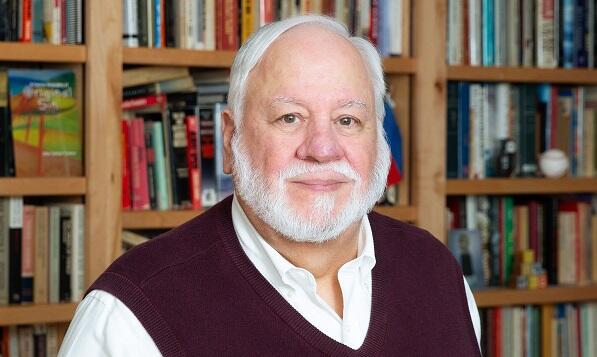Axar.az presents an article "Shining Armor" by John Samuel Tieman.
I went to the St. Louis Art Museum the other day. I saw “The Age Of Armor”, an exhibition of decorated armour largely from the late Middle Ages and the early Renaissance. I was fascinated and sad. “So much much beauty for so much death,” I said to myself. We say we hate war. At the same time, we beautify it. Think of the Academy Award-winning movie, “Apocalypse Now”.
So a friend says, “You’re a Vietnam veteran. What are your favourite war movies?” I am alternately drawn to, and disturbed by, war movies. It’s not for the reasons some might presume. A lot of folks think that a war movie, verisimilitude notwithstanding, can never depict war. I’m an artist. I don’t ask the artifact to be the war. I just ask the art to give witness. Here’s what I like. Some of the best war movies are not about the war. They are about coming home from the war. Art gives witness to that. Let me illustrate with a scene from the movie, “The Best Years Of Our Lives”, and a scene from another movie “Jaws”.
Here’s your trivia question. What movie won the Academy Award for Best Picture of 1946? “It’s A Wonderful Life”? Lawrence Olivier’s “Henry V”? No. The movie that won is the one that 16 million returning veterans wanted to see, “The Best Years Of Our Lives”. It's about three World War II veterans readjusting to civilian life.
Harold Russell, who won two Academy Awards for his role, plays Homer Parrish, a disabled ex-sailor. While serving as a paratrooper, Russell in fact lost both hands.
My favourite moment could be called a reverse bedroom scene. Homer’s fiancée, Wilma, played by Cathy O’Donnell, comes by to break their engagement. Wilma is reluctant to leave Homer, but her parents want to send her away. They don't want her married to a disabled veteran. Homer replies, “I want you to be free, Wilma, to live your own life. I don’t want you tied down forever just because you’ve got a kind heart.” He tells her further that she doesn’t know what she’s getting into. “I’m going upstairs to bed. I wantcha — I want ya to come up and see for yourself what happens.”
She follows Homer to his bedroom. He takes off his pajama top with surprising dexterity. Then he stands before her, his harness and hooks displayed. He wiggles out of these and tosses them on the bed. With his left stub, he points and says, “This is when I know I’m helpless. My hands are down there on the bed. I can’t put them on again without calling somebody for help. I can’t smoke a cigarette or read a book. If that door should blow shut, I can’t open it and get out of this room. I’m as dependent as a baby that doesn’t know how to get anything except to cry for it.” To her credit, she promises to marry him.
There are a couple of things that make this scene powerful. Russell, in a sense, isn’t acting. “This is when I know I’m helpless.” He speaks for almost all war veterans, the wounded and the whole. Why? Almost all war veterans are psychically wounded. This woundedness is compounded frequently by a feeling of isolation. Homer is luckier than most. He can share his pain with Wilma.
Then there's “Jaws”. There's this one great scene, a story told by Quint, the captain of the ship that chases the shark. Amid much drinking aboard his vessel, Quint recalls the 1945 sinking of his cruiser, the U. S. S. Indianapolis. Quint spent four days in the water waiting for rescue. Hundreds around him were eaten by sharks. For Quint, hunting sharks is all about his war. It is his way to revisit his trauma, and this time, hopefully, to fix it. Quint’s mesmerizing tale is based on a true story. Of 1,196 sailors and marines aboard that cruiser, only 316 survived. Hundreds were eaten by sharks. As the Bard Of Avon says, “I could a tale unfold whose lightest word would harrow up thy soul.“
There are a lot of other movies I could mention, “Born On The 4th Of July”, “The Deer Hunter”, “The Man In The Gray Flannel Suit”, “Coming Home”, and “Johnny Got His Gun”. Or, for that matter, “Rambo”. “So much much beauty for so much death,” I said to myself. Nonetheless, when this art is at its best, sometimes, for just an hour or two, sometimes art gives meaning to sadness.





















































